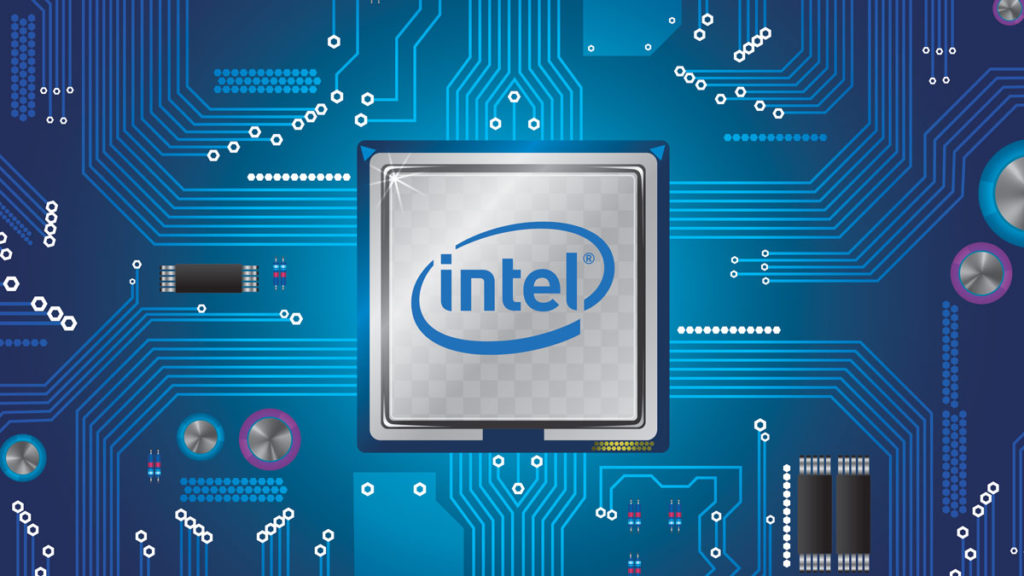Image: Intel
According to some alleged stress testing posted by a Weibo user (via Twitter member HXL), Intel’s upcoming 10-Core i9-10900F processor supposedly draws an incredible 224 W at 4.6 GHz. That’s nearly equivalent to the thermal demands of NVIDIA’s GeForce RTX 2080 Founders Edition, which is rated at 225 W.
HXL mentions two power level ratings, PL1 (170 W) and PL2 (224 W), which indicate how much power the CPU might use under long-term load and short-term load, respectively. The scary thing is that 4.5 GHz isn’t even the maximum frequency of the i9-10900F, as Intel’s Turbo Boost Max Technology 3.0 will purportedly take the chip up to 5.1 GHz – imagine the power demands at that speed.
i9-10900F 10C20TPL1 170WPL2 224WAll Core Turbo...
Continue reading...



